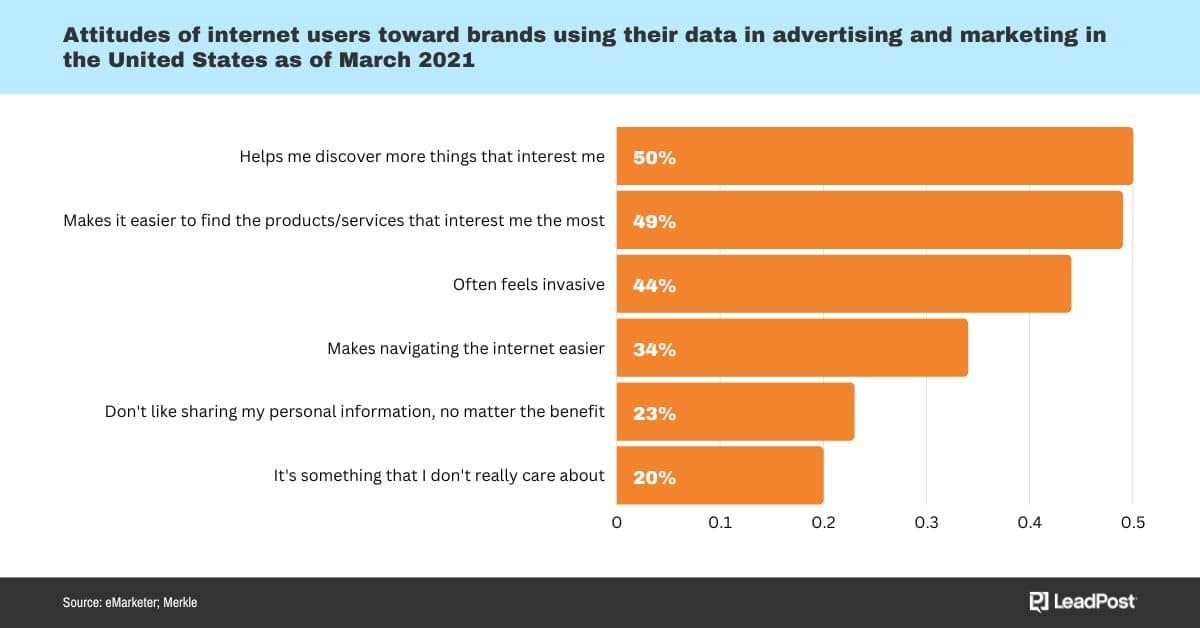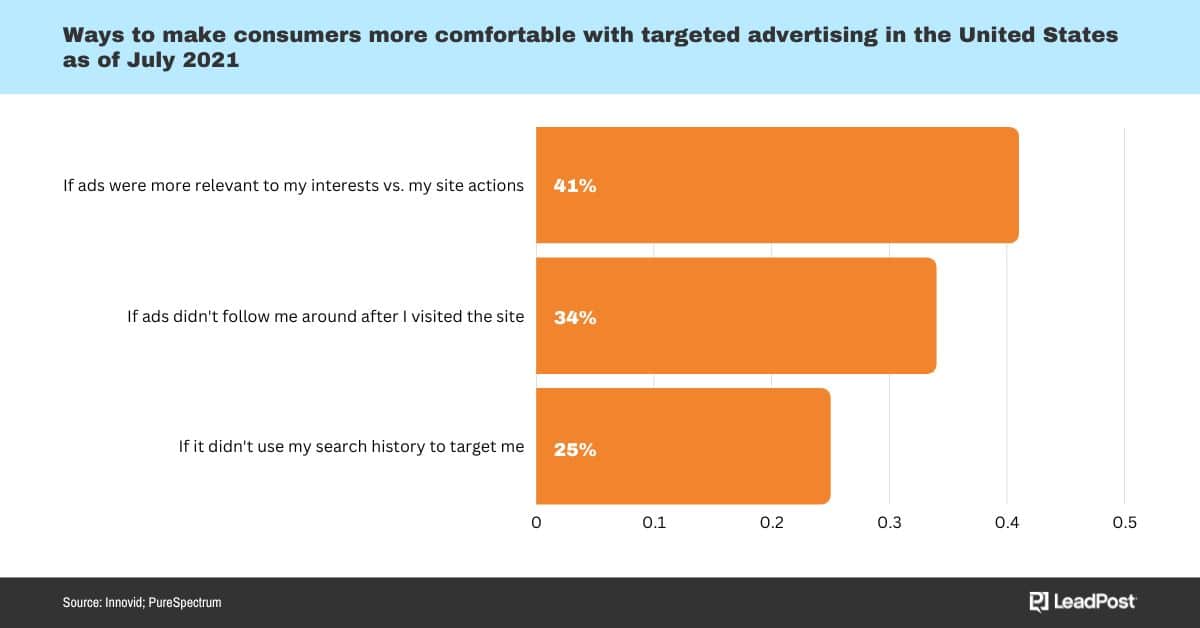Email personalization is on the rise. And not just because it works, but also because customers expect it. As we covered in our article on eCommerce personalization, research shows that a large number of consumers are willing to switch brands if they feel that another company is doing a better job of personalizing their emails.
And it turns out that all but the oldest of consumers tend to prefer personalization.

Email Personalization Examples
Here are just a few examples of email marketing personalization:
- The recipient’s name in the greeting
- Products or services that the recipient has expressed an interest in
- Targeted content that speaks directly to specific segments of your audience, such as Back to School offers sent only to parents
- Recommendation emails based on past purchases or browsing behavior

Email Personalization Tools
You’ll need the right tools to collect the information you need and to use that information for your personalization efforts. Here are some tools to consider.
Website Visitor Identification
The most challenging aspect of email personalization is accessing the data you need. Fortunately, website visitor identification software can help. By identifying the names and email addresses of anonymous website visitors who haven’t converted yet, you can build your email list.
Additionally, you can use visitor identification tools to enrich your existing data with demographic information, such as parenthood status, to create better audience segments.
Email Marketing
You’ll also need an email marketing platform that allows you to segment your audience according to demographic data and other factors. Ideally, you’ll want to choose software that will allow you to use dynamic injection to change the content of the email.
For example, with LeadPost, you can trigger an email that includes pictures of items a visitor left in their cart as part of a cart abandonment campaign.
Data Management Platform
You might also consider using a data management platform to combine your data with data from third-party providers. One option is Oracle’s BlueKai. You can use it to create audiences that you can then push to a DSP such as Choozle and ad networks such as Facebook.
Email Personalization Best Practices
But how can you be sure that you’re doing email personalization right? Follow these tips:
- Know your audience. Understand their preferences, behavior, and needs
- Keep it simple. Avoid overwhelming the recipient with too much information
- Test and measure. regularly assess your efforts and make changes as needed
Also, avoid these pitfalls:
- Over-personalization. Being too personal (or getting personal about the wrong things) can come across as intrusive. Consumers generally prefer targeted advertising to be targeted according to their interests rather than their website behavior.
- Inconsistent data. Make sure that your personalization data is accurate and up to date so that you’re not calling someone by the wrong name or sending them an offer for the wrong state.
- Ignoring regulations. always comply with privacy laws and other legislation. That means following CAN-SPAM, GDPR, and whatever other regulations apply to the places where you do business.

Unleash the Full Potential of Email Personalization
When done right, email personalization can help you form deeper connections with your consumers. It increases customer loyalty and customer lifetime value. These tips will help you keep your personalized campaigns on the right track.
